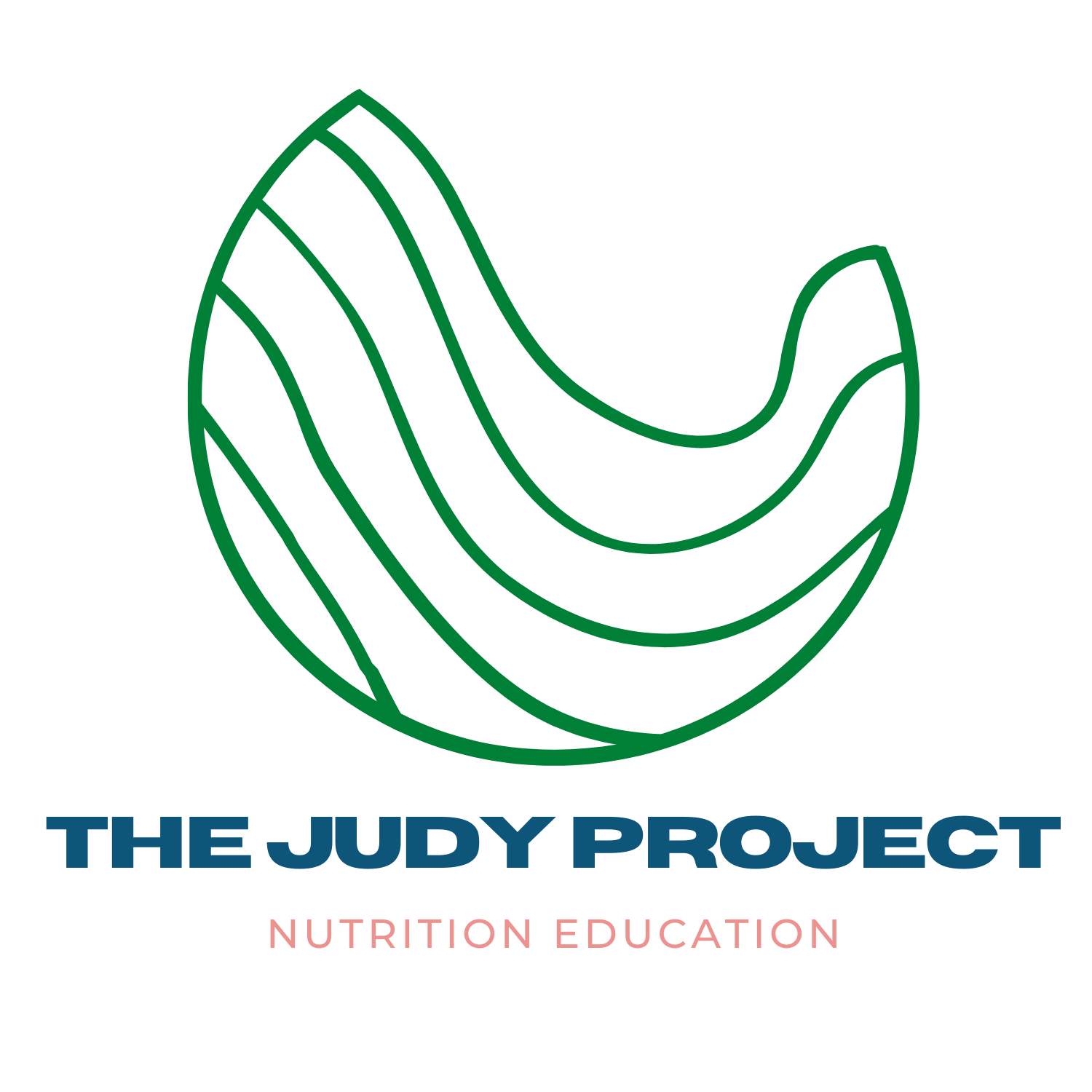6 Dietitian-Backed Nutrition Tips for Your 40s
Your 40s are a pivotal decade when it comes to your health. It’s the time to build strength, protect your bones, and stay ahead of chronic disease. As a registered dietitian who works with adults looking to improve their long-term health, I’m here to share 6 nutrition strategies to help you feel your best now — and for decades to come.
1. Prioritize Calcium for Bone Strength (Especially for Women)
Calcium is crucial in your 40s — particularly for women approaching perimenopause and menopause. Estrogen, which helps protect bone density, begins to decline during this stage, putting women at greater risk for osteoporosis.
💡 Aim for 1,000 mg of calcium per day.
Top sources:
Dairy: milk, yogurt, kefir, cheese
Leafy greens: kale, collards, broccoli
Canned fish with bones: sardines, salmon
Fortified foods: cereal, orange juice, non-dairy milk
Seeds: chia, sesame
Beans and tofu
If you struggle to meet your calcium needs with food alone (especially if you're vegan or lactose-intolerant), consider a calcium supplement.
2. Eat More Protein to Preserve Muscle
As we age, maintaining muscle mass becomes harder — but it’s critical for mobility, metabolism, and independence. In fact, research shows we need more protein in midlife than earlier in adulthood to prevent muscle loss.
💪 Target: 0.7–1.0 grams of protein per pound of body weight per day.
Ideas to boost protein:
Greek yogurt, cottage cheese, whey protein
Lentil or chickpea pasta
Quinoa and edamame
Lean meats, tofu, beans
Don’t forget: muscle maintenance also depends on resistance training (more on that in tip #6) and overall calorie intake.
3. Add Soy to Your Weekly Routine
Soy has long been misunderstood, but current research shows it can be beneficial for both men and women in their 40s.
For women, soy contains phytoestrogens that may help reduce hot flashes and other menopausal symptoms.
For everyone:
Soy is a complete plant protein (with all 9 essential amino acids)
It contains fiber and zero cholesterol
It’s linked to lower cholesterol and heart disease risk
Try:
Tofu stir-fries
Edamame snacks or salad toppers
Soy milk in coffee or smoothies
Silken tofu desserts (like chocolate mousse!)
4. Hit Your Fiber Goals — Seriously
Less than 10% of Americans get enough fiber, which is a missed opportunity for chronic disease prevention.
🎯 Aim for 25–35 grams of fiber per day to reduce the risk of:
Type 2 diabetes
High cholesterol and heart disease
Diverticulitis and colon cancer
Gut microbiome imbalance
Constipation and bloating
High-fiber foods:
Whole grains: oats, brown rice, whole wheat bread/pasta
Beans and lentils
Fruits (especially with skin): apples, pears, raspberries
Vegetables: broccoli, spinach, carrots
Start slow if you're not used to fiber — and consider Beano or Gas-X to ease bloating during the transition.
5. Reduce Sodium to Support Blood Pressure
Your 40s are often the decade when high blood pressure begins to creep in — especially if you're managing stress, parenting, and aging family members.
🧂 Recommended limit:
<2,300 mg/day for general health
<1,200 mg/day if you have hypertension or heart disease risk
Tips to cut back:
Cook more at home
Read labels on packaged foods
Use sodium-free seasoning blends (like Mrs. Dash)
Try MSG for flavor (yes, it’s safe!)
Limit fast food and frozen meals
This one small shift can have a huge impact on heart and kidney health.
6. Strength Train at Least Twice a Week
Cardio is great — but to preserve strength and independence as you age, you need to challenge your muscles.
🎯 Do resistance training 2+ times per week:
Bodyweight movements (squats, pushups)
Weights or resistance bands
Yoga or Pilates
Swimming with resistance
Daily tasks like getting off the toilet, carrying groceries, and reaching overhead all rely on functional strength. The best way to preserve that? Combine strength training with adequate protein and calories.
Final Thoughts from a Dietitian
These six tips might seem like a lot, but they actually work together:
Soy and beans help you hit your protein, fiber, and calcium goals
Cooking at home improves your sodium control and nutrient intake
Strength training and protein together protect your muscle mass
